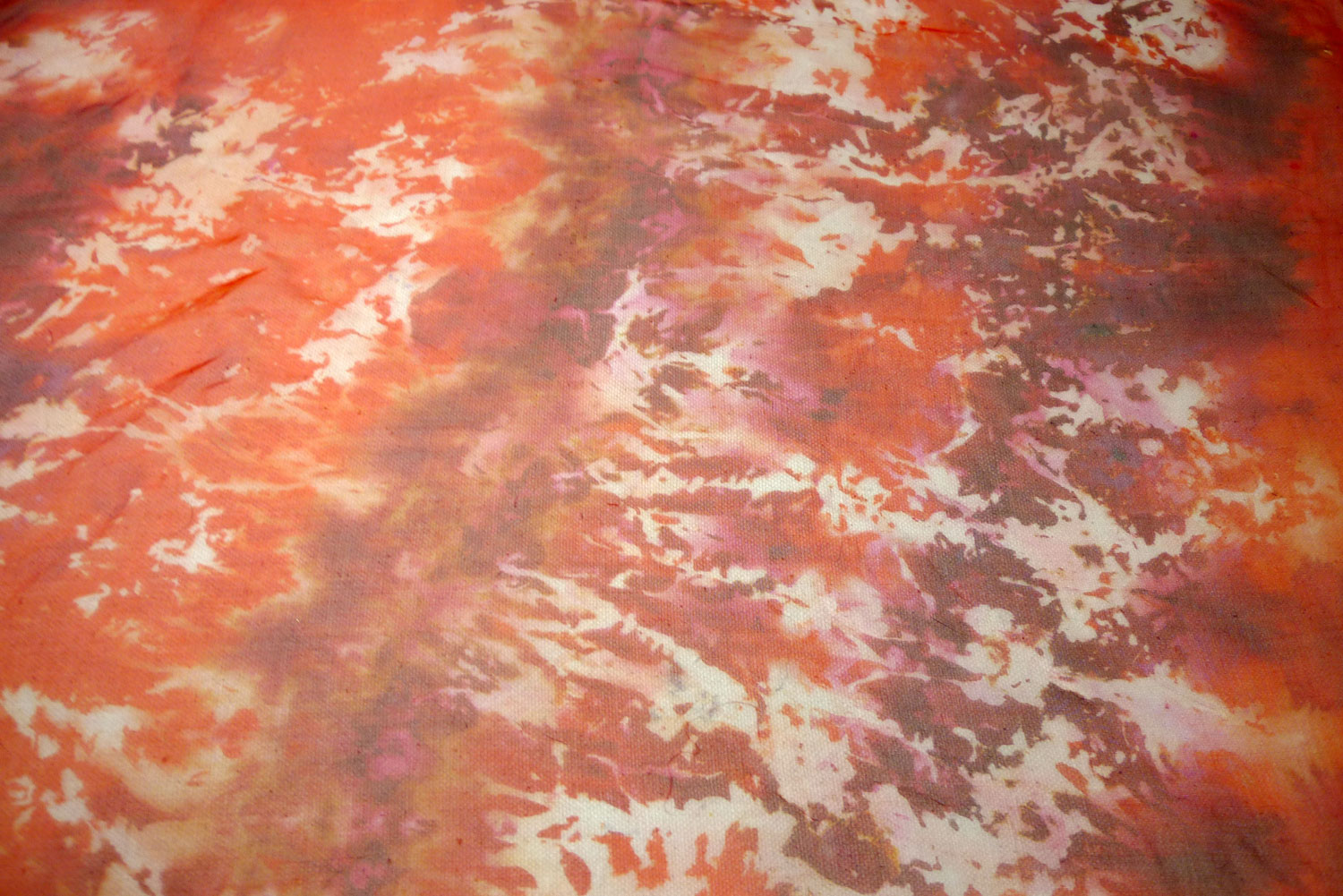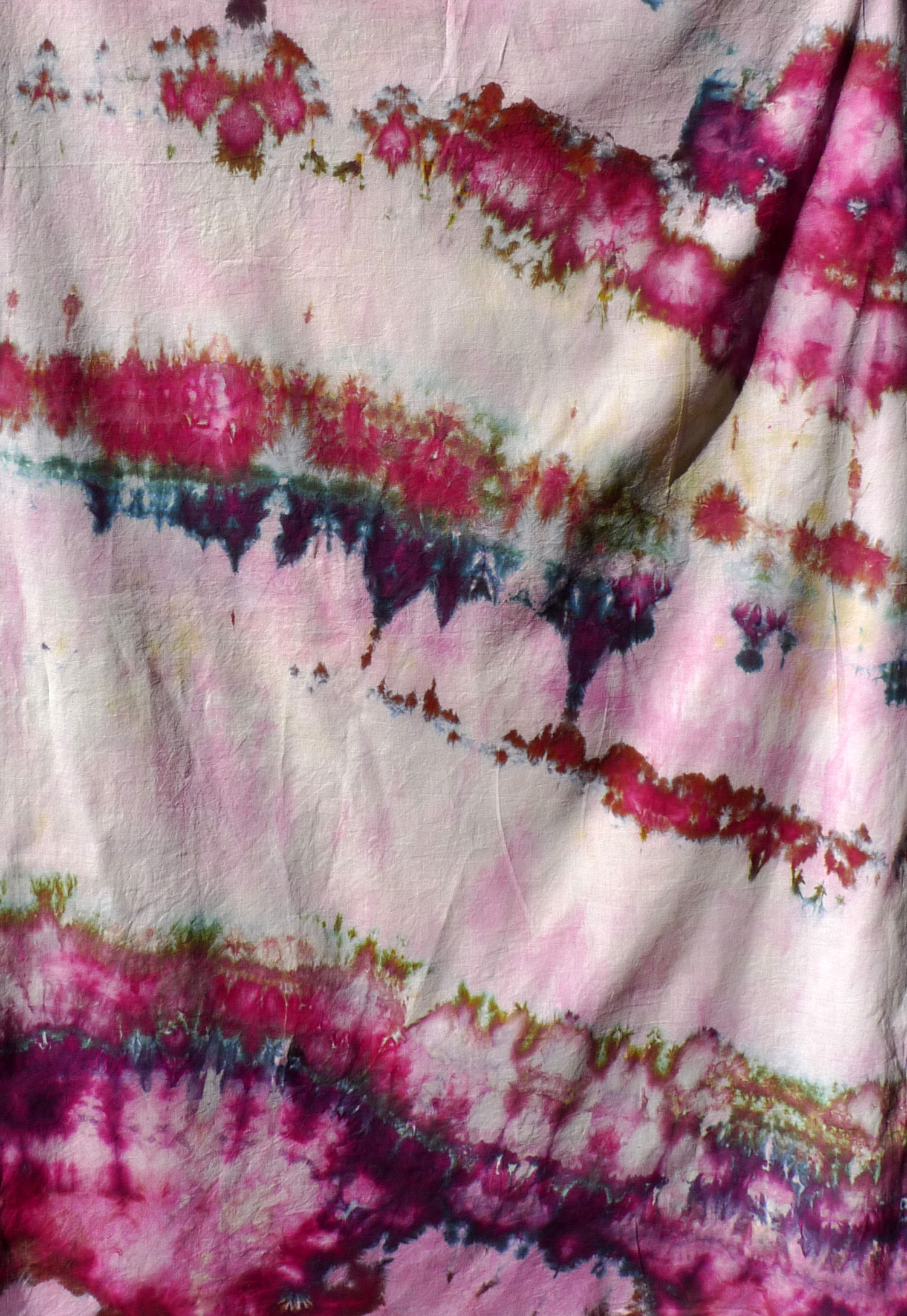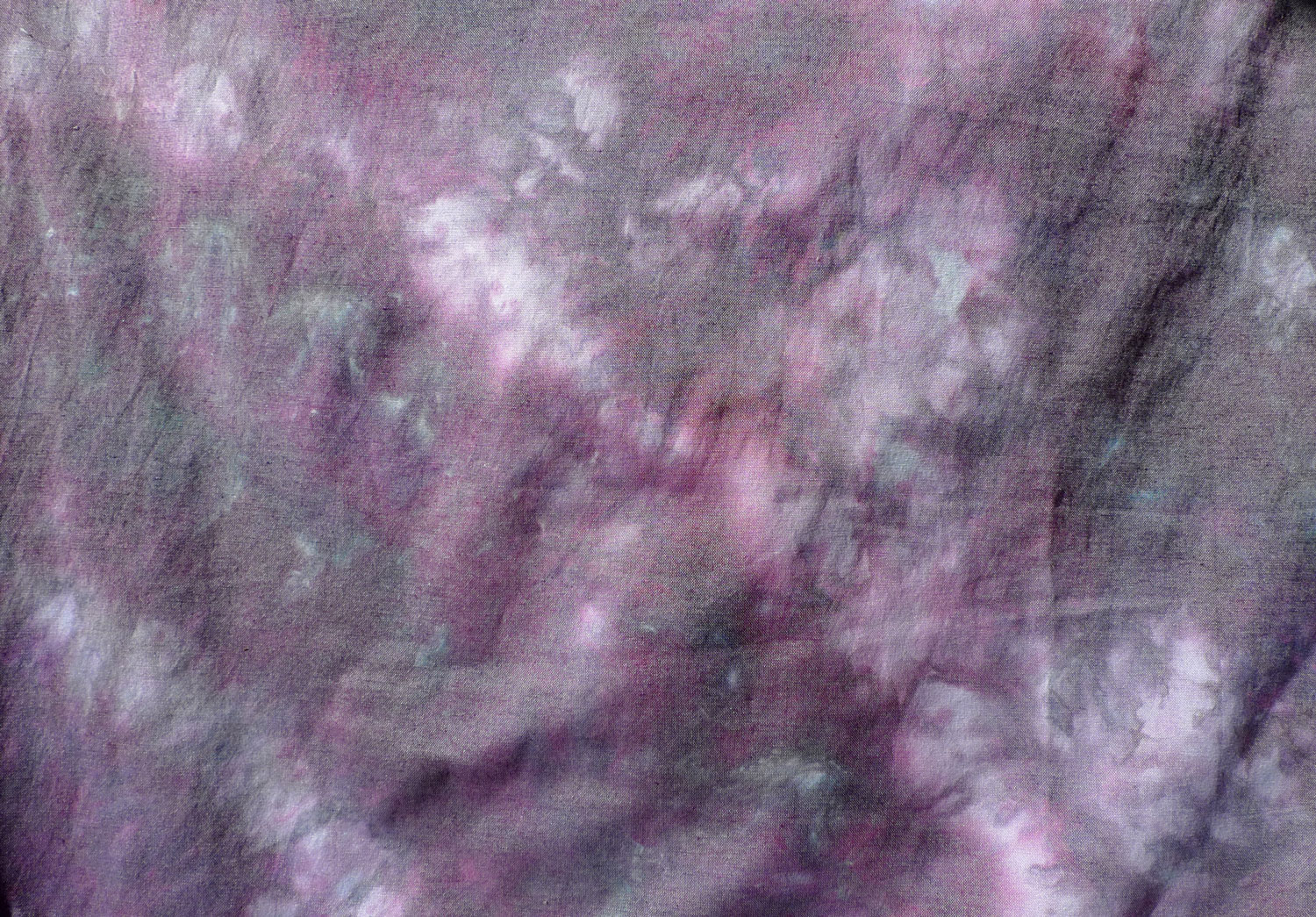36 Questions You Can Ask Anyone to Fall in Love
I have just completed a piece for the upcoming 36 Questions Show that will be shown April-June in the Esther Building Art Space in Vancouver, WA. The show revolves around the idea of 36 questions you can ask anyone to fall in love. The premise is that you can ask someone these 36 questions and with sustained eye contact fall in love. For more info on the study check out http://bigthink.com/ideafeed/how-to-fall-in-love-36-questions-and-deep-eye-contact
Silk Organza, hand stitched
While the theory is interesting, my husband hates questions and would have run in the opposite direction if I had asked him more than two questions in a row much less 36. However, maybe this show will lead to new loves in Vancouver. For the show my question to respond to is: What Is Your Most Treasured Memory?".
Silk organza, hand stitched
I dug way back in time to high school when my husband and I dated the first time. After rereading all his old love letters, I selected my favorite lines to scan and print on silk organza. Having the lines in his handwriting is important to the realness of the piece. These snippets of organza are a little frayed and lightly faded to represent how our memories evolve over time. Over many years, a long separation, and the roller coaster of life these letters have remained. The letters contain the memories I treasure most as they remind me of young love and the question of where our lives would lead.
Silk Organza, hand stitched
Silk Organza, hand stitched







































































